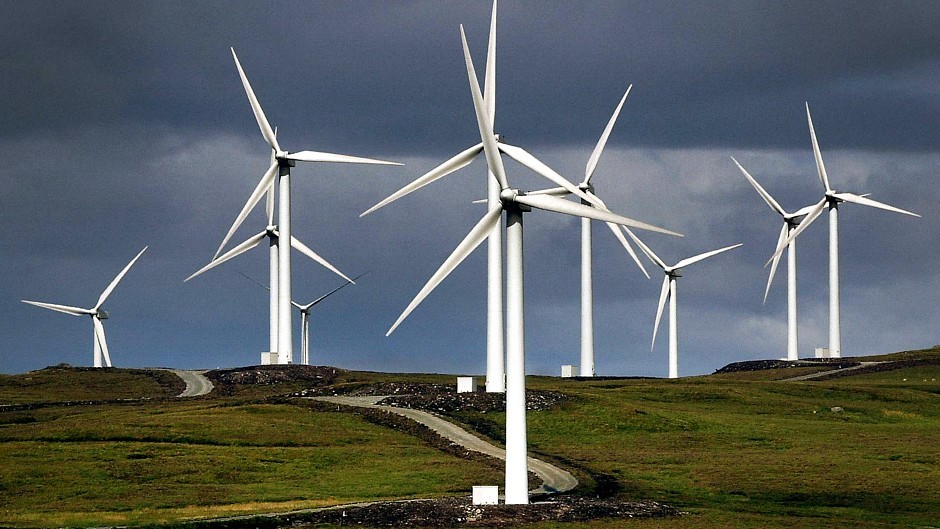The UK and Scottish governments are meeting today to agree a timetable of actions needed to connect northern and Western Isles to the national grid.
Both administrations want to help unlock the islands renewable energy potential which could be as high as four terawatt hours (TWh) by the end of the decade.
Scotland’s Energy Minister Fergus Ewing and UK Energy Secretary Ed Davey will co-chair the Scottish Island Renewables Delivery Forum.
The Scottish Government said the forum marks a “significant shift in focus” from the establishment of policy proposals to the delivery of tangible results for the islands.
Mr Ewing said: “Orkney, Shetland and the Western Isles can make a very substantial and cost-effective contribution to meeting the UK’s legally-binding renewable energy targets, and help safeguard our energy security.
“These issues cut to the very heart of the current energy debate and make the case for the development of renewable energy on the Scottish islands so compelling.
“The clear imperative is to put in place an action plan to enable delivery of grid connections and successful renewables projects on the islands – this is the objective of today’s meeting.”
An analysis commissioned by the Scottish Government and the Department of Environment and Climate Change (DECC) suggests 4TWh of island renewables could be developed by 2020, and around 18.5TWh by 2030 – approximately 1% and 5% of total British electricity demand respectively.
The forum is meeting as new figures show Scottish renewable energy output was at record levels in the first three months of 2014.
Figures released by DECC show that Scotland generated 6,678GWh of renewable energy in the first quarter of the year – 50% up on the same quarter in 2013.
The overall increase is primarily due to a record quarter of hydro-electric output, 9.2% higher than the previous record quarter at the end of 2011. Wind generation is also at record levels, 4% higher than the previous record quarter.
The figures show that renewables met a record-breaking 46.5% of gross electricity consumption in 2013, confirming that Scotland is on track to meet its interim target of 50% by 2015.
Mr Ewing said while renewables were going “from strength to strength”, hydro was contributing to a balanced mix of energy generation which could see it account for up to a quarter of Scottish generation capacity in the next decade.
“Scotland’s renewables generation is helping keep the lights on across these islands at a time when Ofgem are warning of the ever tightening gap between peak electricity demand and electricity supply, due to mismanagement of UK energy policy
by Westminster,” he said.
“The value of renewable energy to Scotland’s economy, and to reducing our carbon emissions, is clear and our commitment to harnessing Scotland’s energy wealth – both onshore and offshore, and in the right locations – will ensure that renewables continue to provide low carbon energy supplies as well as jobs and investment long into the future.”
